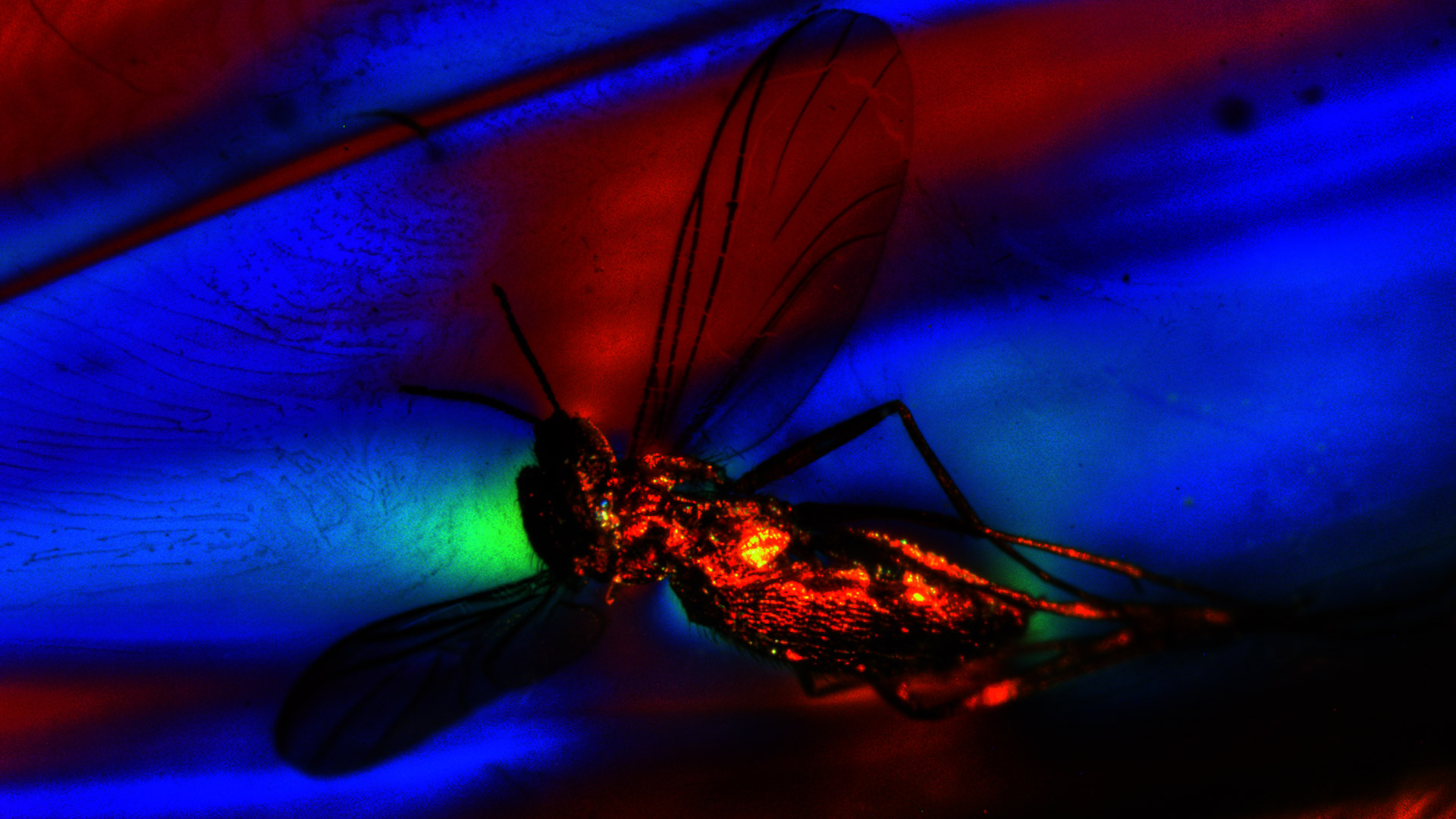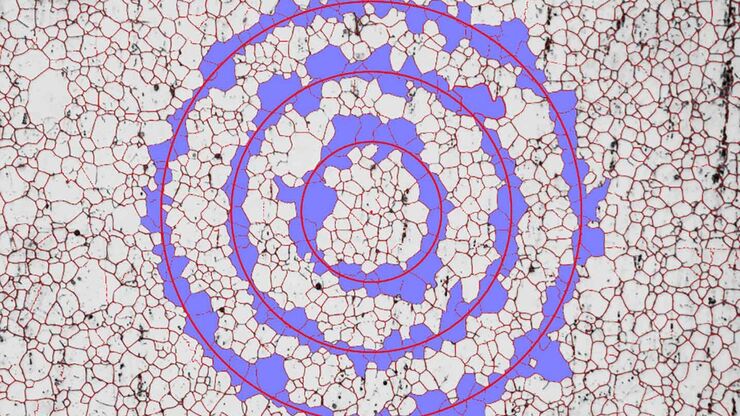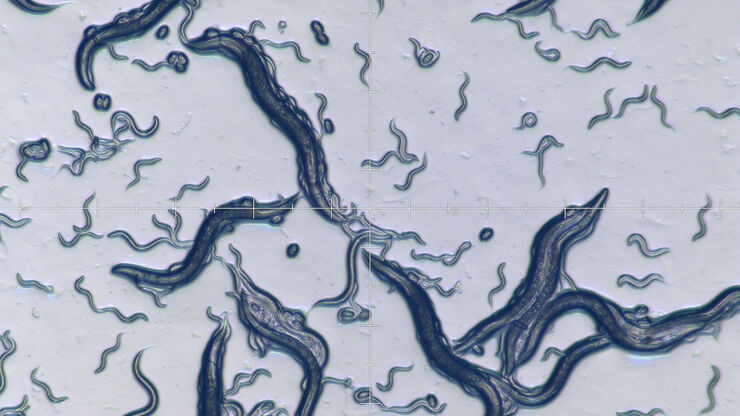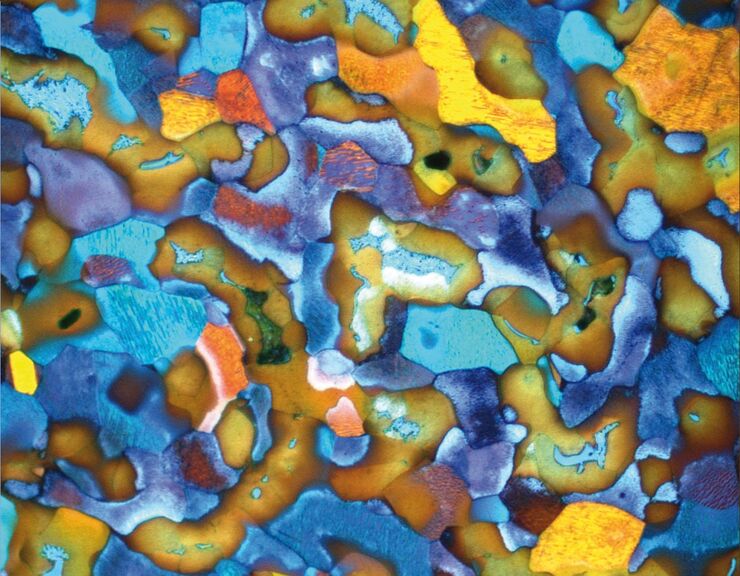暗視野顕微鏡
顕微鏡を使用する際、最も一般的なコントラスト法は明視野観察です。 しかし、明視野では通常、多くの透明な生体試料においてコントラストの低い画像しか得られません。 また、多くの透明な物質や反射する不透明な物質の試料でも同様のことが言えます。 このような低コントラストの画像では、細部をほとんど識別することができません。 生物試料の明視野観察では、色素染色を用いてコントラストを高めることができますが、多くの場合、生きた細胞に対して毒性があります。 暗視野顕微鏡では、染色することなく、多くの種類の生物試料の構造を優れたコントラストで観察できます。 また、暗視野顕微鏡は、物質試料を撮影する際にコントラストを高めることができます。 暗視野コントラスト法は、生体試料の構造や物質試料の不均一な特徴から生じる光の回折や散乱を利用する方法です。
ライカの暗視野顕微鏡は、ライフサイエンスや法医学など様々な用途で、細胞や組織の研究に役立ちます。 暗視野顕微鏡は、物質科学や地球科学の分野でも役立ちます。
お客様のニーズとご予算に合った暗視野照明顕微鏡を専門家がアドバイスいたしますので、ぜひお問い合わせください。
暗視野とは?
暗視野は、顕微鏡の光学コントラスト技術であり、生物試料の細胞の染色されていない構造を観察できるようにします。 明視野照明では透明に見える細胞構造も、暗視野照明ではより良いコントラストで詳細に見ることができます。 また、透明な物質や不透明な素材の表面にある不均一な特徴は、明視野に比べて、より簡単に暗視野で観察することができます。 細胞内の構造物や物質の特徴は、それらと相互作用する光は散乱し、均一な領域は光を散乱せずに通過するということです。 暗視野顕微鏡を使用すると、細胞の構造や物質の特徴が明るく見え、均一な細胞や物質の背景が暗く見えます。
暗視野顕微鏡の用途は? どういった種類のサンプルを視覚化できるでしょうか?
生体試料や生体組織は、固定されているか生きているかにかかわらず、暗視野顕微鏡で観察されることが多くあります。 また、暗視野顕微鏡では、多種多様な物質試料や地質試料も観察できます。 たとえば、次の記事をご覧ください。 "実体顕微鏡で発生生物学をより効率的に学ぶ: ゼブラフィッシュ、メダカ、アフリカツメガエル"と "金属合金の粒度分布測定をニーズに合わせて行うには?"
よくある質問 暗視野顕微鏡
暗視野顕微鏡は、光源の前に環状の絞りを用いる以外は、従来の明視野顕微鏡と同じです。 暗視野照明からの光は高い入射角で試料に入射し、試料を透過するかまたはその表面で反射します。対物レンズを通過した光は、最後に接眼レンズを通過またはカメラセンサーに到達します。 暗視野照明は、透明な試料の均一な領域や不透明な試料の均一な表面が暗く見えます。これは、高い入射角の光の大部分が対物レンズには入らないためです。 通常、透明な試料や不透明な試料の表面は、光を散乱させるという特徴があります。 そのため、暗視野顕微鏡の画像では、これらの特徴により散乱した光が対物レンズに入射するため、暗い背景とこれらの特徴に対応する明るい領域が表示されます。
はい、細胞や生物などの生きた生物試料は、暗視野顕微鏡で簡単に観察することができます。
はい、暗視野顕微鏡には、コントラスト法で観察した画像を記録するためのカメラを搭載することができます。 また、他のアクセサリーを取り付けることも可能です。 詳細については、ライカの担当者にお問い合わせください。
















